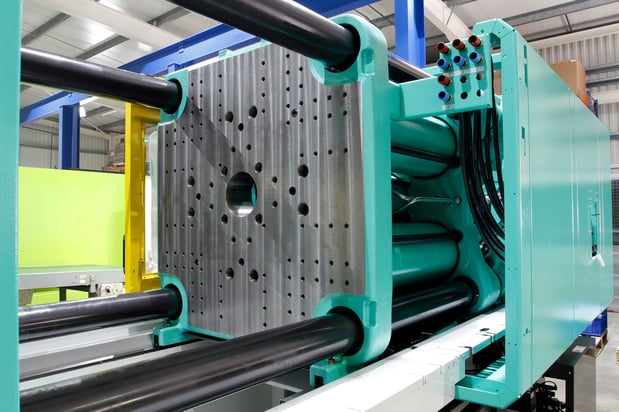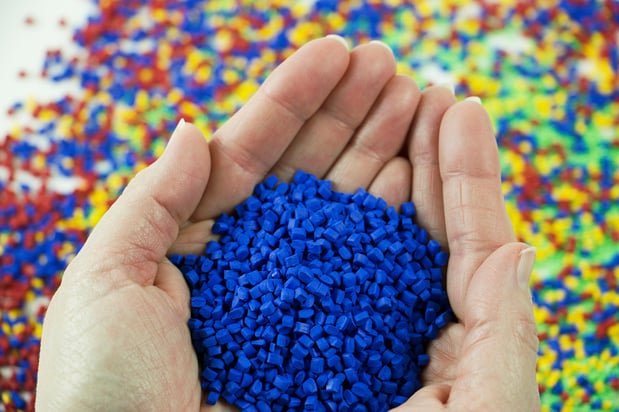Plastic injection molding has a language all it’s own and with so many unique terms it can be difficult to learn the language. We put together a list of the top terms to know when discussing plastic injection molding, mold parts, materials, and problems. We hope you find this to be a useful resource.
Key Terms to Know:
Resin
Resin is the raw material used to create the finished part in the plastic injection molding process. There are many different resins to choose from, all with unique characteristics.
Mold
A hollow form that plastic is injected or inserted into to manufacture a plastic part. Molds can be expensive to design and manufacture because of this they are typically only used in mass production where over 100,000 thousand parts are produced.

Runner System
The channel system that allows the flow of the melted material to fill the part cavities.
Viscosity
The resistance to liquid flow.
Maximum Injection Velocity
The maximum speed at which the plastic can enter the cavity of the mold.
Hopper
The hopper stores the plastic to be used in the injection molding process.
Flash or Burrs
A thin lip or protrusion beyond the body of the part that is caused by poor clamping force, improper mold design or mold damage.
Mold Cavity
The hole in the mold that is in the shape of the desired part, this is where the plastic resin is injected into to make the part.
Barrel
This part of the injection molding machine feeds plastic granules from the hopper to the nozzle and is heated to melt the plastic pellets into resin.
Nozzle
The hollow-cored metal nose screwed into the injection end of the barrel which forms a seal under pressure.
Hydraulic Process
Hydraulic is the predominant type of process used in plastic injection molding. The hydraulic process uses a hydraulic press which is not as precise as electric presses.
Electric Process
Electric presses were introduced in 1983. The newer all-electric press technology is quieter to operate, faster and have higher accuracy. The machinery required for the electric process is more expensive than the hydraulic process.
Colorant
A pigment system, usually in pelletized form, powder or liquid, which is mixed with resin to produce the desired color.

Gate
The channel into which melted plastic flows into a mold.
Thermoplastic or thermoset
A material that can be heated and repeatedly cooled without changing the material structure. Highly recyclable.
Vent
A channel from the mold cavity that allows gas and air to escape as resin is being injected into the cavity to prevent many types of defects from occurring.
Clamping force
The amount of force required to hold the mold in location during the molding process. Many defects are caused when insufficient clamping force is applied to the mold.








Comments